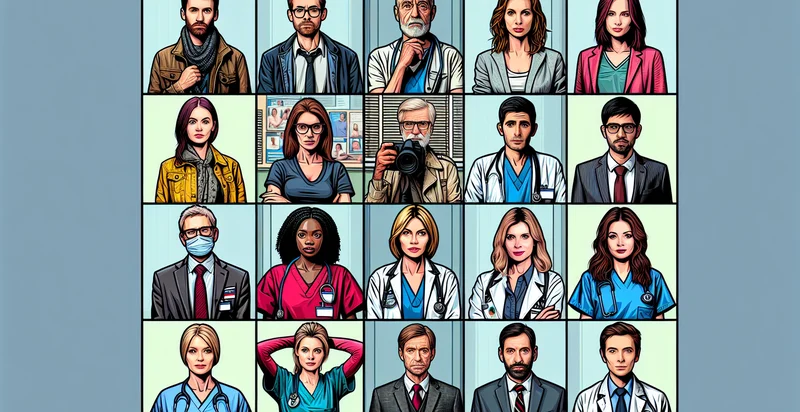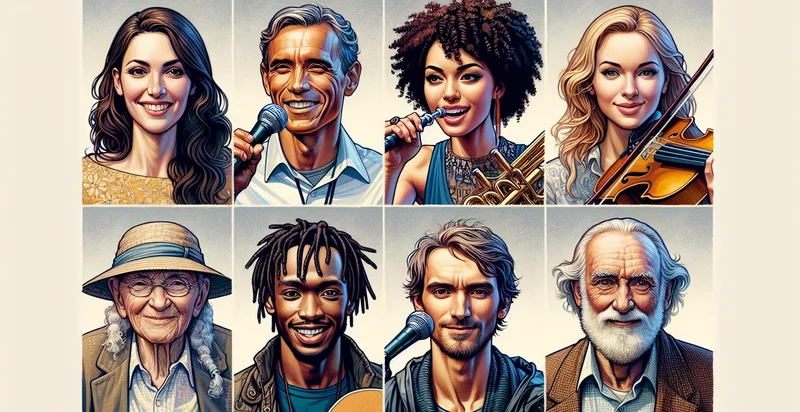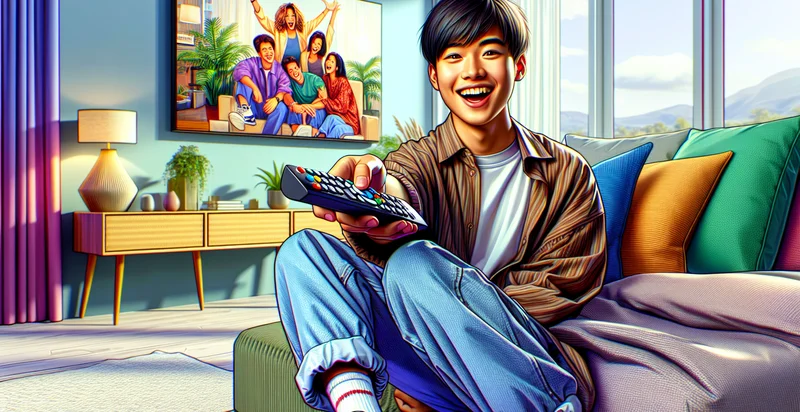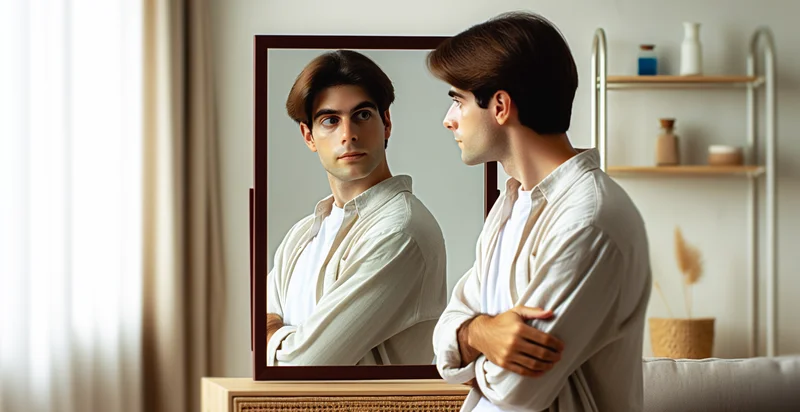Identify which character from Scrubs you look like
using AI
Below is a free classifier to identify which character from Scrubs you look like. Just upload your image, and our AI will predict which character you look like - in just seconds.

Contact us for API access
Or, use Nyckel to build highly-accurate custom classifiers in just minutes. No PhD required.
Get started
import nyckel
credentials = nyckel.Credentials("YOUR_CLIENT_ID", "YOUR_CLIENT_SECRET")
nyckel.invoke("which-character-from-scrubs-you-look-like", "your_image_url", credentials)
fetch('https://www.nyckel.com/v1/functions/which-character-from-scrubs-you-look-like/invoke', {
method: 'POST',
headers: {
'Authorization': 'Bearer ' + 'YOUR_BEARER_TOKEN',
'Content-Type': 'application/json',
},
body: JSON.stringify(
{"data": "your_image_url"}
)
})
.then(response => response.json())
.then(data => console.log(data));
curl -X POST \
-H "Content-Type: application/json" \
-H "Authorization: Bearer YOUR_BEARER_TOKEN" \
-d '{"data": "your_image_url"}' \
https://www.nyckel.com/v1/functions/which-character-from-scrubs-you-look-like/invoke
How this classifier works
To start, upload your image. Our AI tool will then predict which character you look like.
This pretrained image model uses a Nyckel-created dataset and has 21 labels, including John Dorian, Turk, Elliot Reid, Carlton G. Banks, Dr. Bob Kelso, Janitor, Dr. Cox, Carla Espinosa, Ted Buckland and Jordan Sullivan.
We'll also show a confidence score (the higher the number, the more confident the AI model is around which character you look like).
Whether you're just curious or building which character from Scrubs you look like detection into your application, we hope our classifier proves helpful.
Related Classifiers
Need to identify which character from Scrubs you look like at scale?
Get API or Zapier access to this classifier for free. It's perfect for:
- Social Media Engagement: Users can upload their photos to social media platforms to find out which character from the popular TV show "Scrubs" they resemble. This function can enhance user interaction, as individuals share their results and engage with friends by inviting them to try the feature.
- Themed Parties and Events: Event organizers can use the false image classification function to create engaging experiences during "Scrubs" themed parties. Guests can participate by discovering which character they resemble, making the event more interactive and entertaining.
- Personalized Marketing Campaigns: Businesses can leverage this function in marketing strategies to connect emotional and humorous content with their brand. By incorporating the character classifier into promotional content, brands can engage audiences more effectively by aligning with their fun and whimsical side.
- Character Merchandise Recommendations: E-commerce platforms can integrate this feature to recommend merchandise based on the character the user resembles. It allows customers to purchase items related to their "Scrubs" character, enhancing the personalization of their shopping experience.
- Gamification in Apps: Mobile applications can incorporate this function to gamify usage. Users can take fun quizzes and share their results, earning rewards or points for participation, thereby increasing app engagement and retention.
- Icebreakers for Professional Events: In corporate environments, this classification tool can serve as a lighthearted icebreaker during meetings or conferences. Attendees can share their results in introductions, fostering a relaxed and friendly atmosphere.
- Mental Health Awareness Campaigns: Healthcare organizations can utilize the feature to promote mental health discussions inspired by the characters' storylines. By encouraging users to engage with the function, organizations can create broader awareness around relevant health topics, using humor and relatability as a catalyst for conversation.


